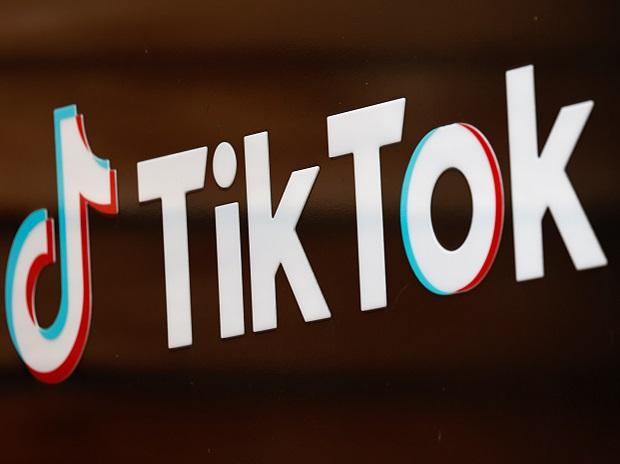
Learn how your company can create applications to automate tasks and generate further efficiencies through low-code/no-code tools on November 9 at the virtual Low-Code/No-Code Summit. Register here.
For today’s SaaS businesses, usage-based pricing is all the rage. Almost half of all software providers — from the biggest players to the smallest startups — are now offering customers per-use payment options. That’s up from one-third just two years ago, a clear sign that pay-as-you-go (PAYG) payment plans are now part of the SaaS mainstream.
At first glance, that makes sense. Customers love the idea of only paying for what they use, and not tying themselves to plus-sized revolving contracts.
But there’s a catch. As usage-based SaaS gains popularity, both vendors and customers are finding that the PAYG approach can be problematic. Whether it’s confusion around costs, higher churn rates, or a worse customer experience, poorly implemented usage-based payment strategies can quickly go south.
Sticker shock
The biggest problem is that usage-based pricing doesn’t always deliver on its core promise of keeping costs low for customers. Precisely because customers pay for what they use, users can find that a sudden surge in popularity — such as when a small app goes viral — can leave them facing a hefty bill.
Event
Low-Code/No-Code Summit
Join today’s leading executives at the Low-Code/No-Code Summit virtually on November 9. Register for your free pass today.
Register Here
Online forums abound with horror stories of startup developers being slapped with excessive cloud-service fees following the overnight success of a new online tool. Variable monthly costs can be challenging for big businesses too, given their need for stability and predictability when drawing up quarterly and annual budgets.
To ensure commercial success, it’s vital that clients enjoy using their solutions and don’t feel held back by hard-to-control costs. Sticker shock can easily wind up eroding the customer experience, prompting clients to dial down usage — or, worse yet, to simply take their business elsewhere.
Confusion for customers
Besides the possibility of sticker shock from high usage, PAYG software plans can also be confusing for users — because the way that usage is measured isn’t always clear.
Imagine a pay-as-you-go phone plan where your bill depends solely on how many minutes you spend talking. Clear enough, right? But now consider an energy bill: It’s also usage-based, but it’s far harder to figure out what charges you’re incurring in any given moment. Few homeowners can confidently say how many kilowatt-hours of energy it takes to heat a microwave meal, watch a movie or wash a load of laundry, making it tricky to budget in advance.
All too often, SaaS vendors are similarly opaque, leading to confusion for their customers. Take, for example, the experience of InfluxDB Cloud, which used query duration as a pricing metric. That proved too complex for the database provider’s customers, and the company was soon forced to adopt a simpler payment option.
Lack of lock-in
It’s important to remember that usage-based pricing typically means that customers can easily walk away from your SaaS product. There is no commitment: When a client stops using a provider’s service, there are no more fees to pay.
From the customer’s viewpoint, that sounds like a great deal. But it can bring problems too, because it makes it harder for customers and SaaS businesses to operate as true partners, and for companies to invest in innovating in response to their clients’ changing needs.
That’s a big deal for SaaS vendors. Stable revenue streams are a vital part of the SaaS value exchange, and poorly managed usage-based pricing can threaten to upset the apple cart.
Exploring solutions
Clearly, SaaS vendors can’t afford to surprise, confuse or risk losing their customers. Customer acquisition is tricky enough in the crowded SaaS market — vendors can’t afford to give customers any reason to be tempted away by a rival offering.
One key way to communicate this is to invest in your checkout experience. Give customers meaningful options about how and when they’ll pay for your services. Many customers might, on consideration, realize that a stable monthly pricing plan, or a Buy Now, Pay Later (BNPL) option, would be more likely to align with their current and future needs. For example, some customers may choose to defer their payment by 30, 60, 90 or more days to match their cash flow. Others may choose to adopt a subscription plan that more closely matches their cash flow (for example, lower monthly payments for X months and higher payments later).
SaaS vendors should ensure they’re always on the lookout for tools to help smooth out their own cash flow, so they can keep on investing in their product, growth and customer experience. Whether you’re charging customers by the week or by the gigabyte, you need steady revenues and access to growth capital to keep your customers — and your board of directors — happy.
A better path forward for pay-as-you-go pricing
Good for customers, good for companies — that’s how usage-based SaaS pricing options are usually presented. And done right, they can be. Per-use payment allows software providers to offer their clients real flexibility, while also streamlining their onboarding process.
However, don’t assume you can simply implement usage-based pricing and call it a day. Vendors need to anticipate the friction that usage-based pricing can bring — and find smart, innovative ways to streamline the payment process and keep customers coming back for more.
Ashish Srimal is the founder and CEO of Ratio.





/cdn.vox-cdn.com/uploads/chorus_asset/file/25547838/YAKZA_3840_2160_A_Elogo.jpg)
